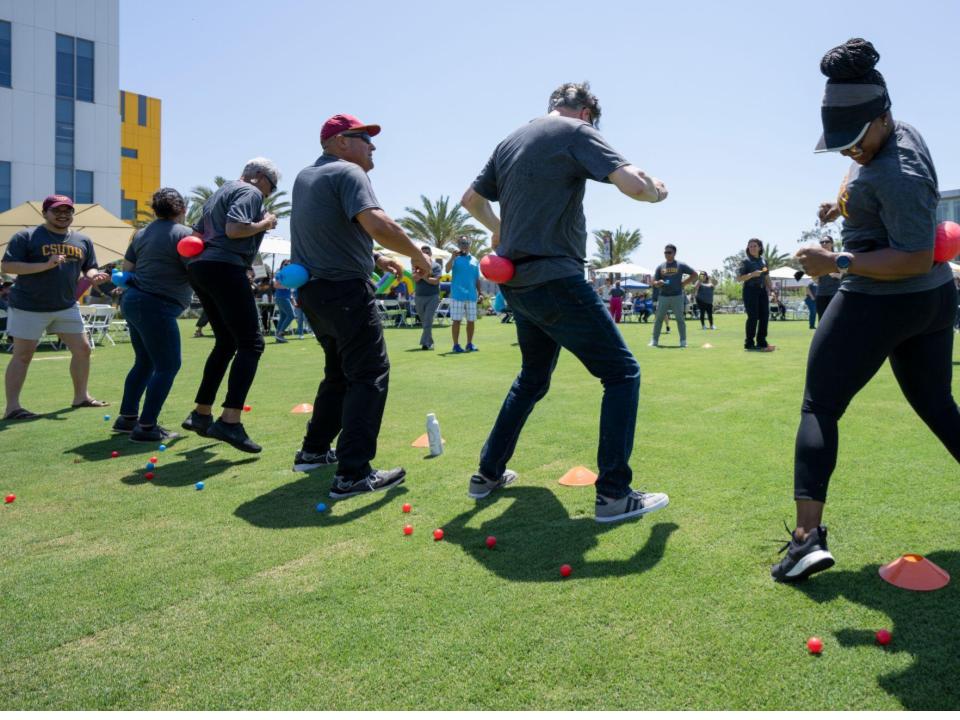Experiential Learning and Well-Being Equity implications for health and wellness as a strategy for deep and engaged learning.
Main Article Content
Abstract
In recent years, many campuses across the country have dedicated themselves to improving health and well-being outcomes, both for the individual student and for the campus community. This broad commitment has sparked much debate and exploration on what health and well-being means in an academic context. I offer three positions about the relationship between well-being and experiential learning. First, engaging in well-being prepares students emotionally, physically, and socially to engage in high impact practices and ultimately produces personal and professional growth that is often beyond measure. Second, engaging in health and well-being is in and of itself experiential learning. If done correctly, students will find themselves more whole, prepared, engaged, and confident. Third, engaging in experiential learning fosters a well-being environment, for students and for faculty. It is an area where scholarship meets practice and where students and faculty are engaging in the learning process by infusing their unique experiences into the academic environment, creating generative and redistributing well-being amongst one another, and ultimately engagement is high.
Article Details

This work is licensed under a Creative Commons Attribution 4.0 International License.

